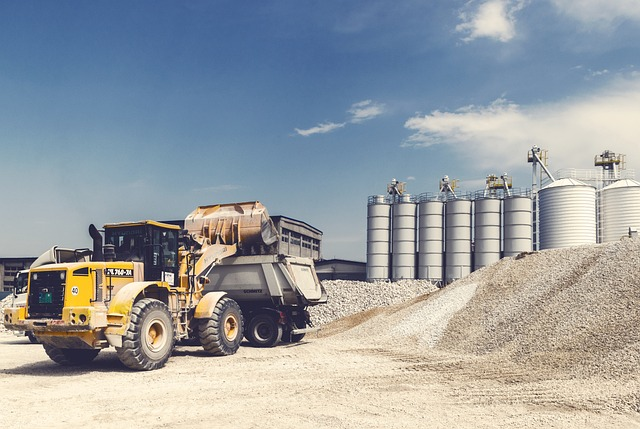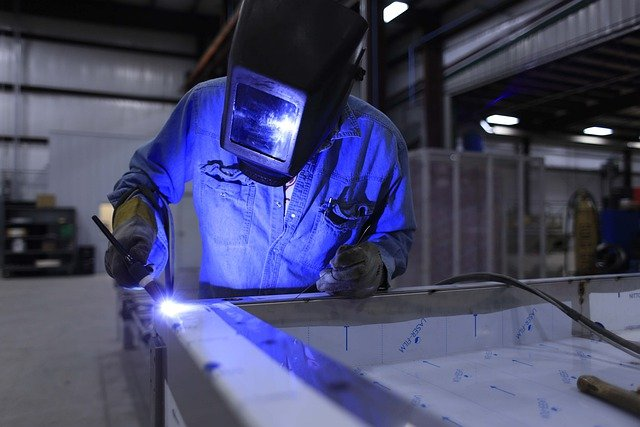What is the Section 179 Tax Deduction?

Section 179 of the IRS tax code allows for a tax deduction on business expenses related to buying equipment during the tax year. The provision acts as a small business tax incentive for companies to invest in themselves.
Section 179 applied initially to business vehicles but has since been amended to include most forms of equipment. Various stimulus acts included Section 179 updates over the years, and it is now a permanent part of the IRS tax code.
Tax Savings with Section 179
When your business purchases and installs equipment within the tax year (January 1st through December 31st), the IRS allows you to deduct the full purchase price of the equipment up to the limit. For businesses with expensive equipment needs, the deduction could mean significant tax savings.
How does the Section 179 Deduction work?
You can deduct the cost from your taxable income when you purchase or finance equipment for your business. The deduction reduces the taxes you pay on business income, saving you significant money.
Greater Than 50% Rule
You must use the equipment in question for business purposes more than half the time. For example, if you purchase a vehicle for personal and business use, you must use it for business more than for personal.
The percentage of business use also affects how much you can deduct. If you plan to use the equipment for business purposes 60% of the time, you can only deduct 60% of the value on your business taxes.
What’s changed from the Section 179 Deduction in 2022?
The IRS continually increases Section 179 limits over the years. Most years involve increases to the spending limit and max threshold.
2023 brought significant increases to Section 179 deductions.
Section 179 Limits 2022 vs. 2023
The total available deduction increased from $1,080,000 to $1,160,000, meaning you can deduct up to that amount on your taxes. That’s a year-over-year increase of $80,000. The total equipment threshold increased from $2.7 million in 2022 to 2.89 million in 2023.
What are the Section 179 Limits in 2023?
Section 179 is primarily intended for small and medium-sized businesses (SMBs). Larger companies can still take advantage of the deduction, but there are limits to keep the maximum deductions in check.
Deduction Limits
You can deduct up to $1,160,000 on business equipment purchases totaling $2,890,000 or lower. Once you cross the $2.89 million threshold on qualified equipment, the deduction will decrease dollar-for-dollar basis. That means you no longer qualify for any deduction if you spend $4,050,000 or more on equipment.
Deadline
Section 179 tax deductions only apply to equipment purchased in the tax year. You have from 12 am on January 1st until 11:59 pm on December 31st to buy and install the equipment. If you plan on an equipment purchase in 2023, ensure you account for supply chain shortages and delays.
Frequently Asked Questions
Here are some of the most common questions about tax deductions under Section 179.
What qualifies for Section 179 Deduction?
Any business, regardless of size or industry, can qualify for a deduction. Most tangible business equipment qualifies.
New and Used Equipment
Both new and used equipment qualify if the equipment was purchased during the tax year. Examples of qualifying equipment include:
- Equipment purchased for business use.
- Computers and off-the-shelf software.
- Office furniture and equipment.
- Business vehicles with a gross vehicle weight exceeding 6,000 lbs.
- Farm equipment.
- Capital equipment.
- Non-structural property attachments (printing press, manufacturing equipment, etc.).
- Security systems.
Certain business-use vehicles qualify even if they are under the 6,000 lbs gross vehicle weight rating limit, but there are limitations. For business-use vehicles under 6,000 lbs, you can only deduct up to $12,200 (or $20,200 with bonus depreciation) in the first year. For vehicles with a gross weight between 6,000 lbs and 14,000 lbs, you can deduct up to $28,900 in 2023.
What is Bonus Depreciation?
The bonus depreciation deduction is another tax-saving option for business equipment purchases. Usually, the IRS allows companies to write off the cost of equipment over time with standard deprecation. For example, if you purchased $20,000 worth of equipment with a five-year depreciation life, you could write off 20% each year.
Bonus deprecation traditionally allowed companies to deduct up to 50% of the equipment’s value in the first year and only applied to new equipment. The advantages of Section 179 over bonus deprecation were that you could deduct the entire cost, and it applied to new or used equipment.
In 2022, the IRS allowed a bonus depreciation of 100% of the equipment cost with a plan to reduce the depreciation by 20% each year until it reaches 20% in 2025. That means you can deduct 80% of the total equipment cost in 2023.
Does leased equipment work with Section 179?
It is possible to use the Section 179 tax deduction when you lease qualifying equipment, but it depends on the type of lease.
Capital Lease
With a capital lease, you agree to purchase the equipment at the end of the lease agreement. It’s a sort of lease-to-own finance structure. Since you agree to buy the equipment, you can deduct the full cost in the first year.
For example, let’s say you lease a farm tractor worth $75,000 over a three-year term. You pay $25,000 per year, but in the first year, you can deduct the entire $75,000, leading to a massive tax savings opportunity.
Operational Lease
Operational leases are more traditional rental agreements where you return the equipment at the end of the lease term. Operational leases do not qualify for Section 179, and you can only deduct the monthly lease payments, limiting your tax savings opportunity.
How do I get the Section 179 Deduction?
Be advised that we are not accountants and that you should consult your tax expert or accountant before purchasing equipment with the intent to use Section 179. Only your accountant or tax expert can tell you whether your business or equipment qualifies.
To apply for a Section 179 tax deduction, you must complete IRS From 4562. The IRS provides information on how to use the form.
Section 179 Deduction – Final Thoughts
Buying or financing equipment for your business is a classic example of “spending money to make money.” But you can still reduce the financial hit of buying new or used equipment.
Whenever your company considers a significant expense, you should always consider ways to reduce the cost. One of the best cost-saving options on equipment is the Section 179 tax deduction. You could potentially save on the entire purchase price.
Your business needs to evaluate if Section 179 is the best option for you or if you would benefit more from bonus deprecation. Make sure to consult with an accountant or tax advisor on decisions regarding Section 179 or any aspect of your business taxes.
While we’re happy to provide general info on your tax savings opportunities, we cannot provide tax advice. If you want to learn more about equipment financing options, we’re always here to help. See our equipment financing resources or contact us for more information.














